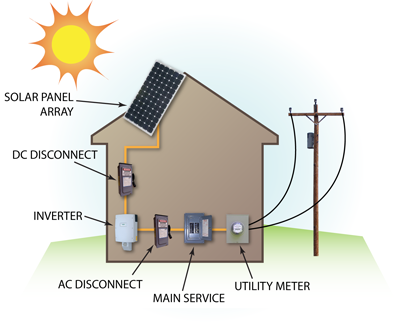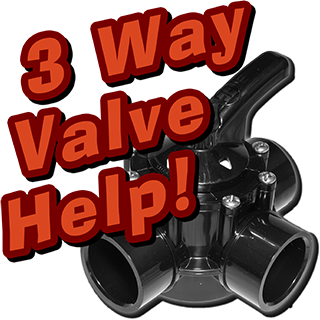How Solar Electric (Photovoltaic) Works
The sun has been a source of radiant energy for more than 4.5-billion years. Unlike many of today’s traditional energy sources which rely on nonrenewable fossil fuels, solar electricity (PV) represents an environmentally friendly, unlimited energy solution.
The main components of a PV system are the solar modules. As sunlight hits the module, DC (direct current) electricity is produced. The electricity is then run through an inverter, which converts the DC power into usable AC (alternating current) for your home or business.
PV systems used to require large batteries to store the electricity produced by the system during the day so it could be used at night. Advances in PV systems have eliminated the need for batteries, and are now known as grid-tied and net-metered systems. Of course, off-grid and battery backup systems are still available.

A grid-tied and net-metered system means that your PV system is seamlessly integrated into your existing electric service. Essentially, the solar system supplements your electric service. During the day when the sun is shining and your PV system is generating electricity, any power that is not directly used is transmitted back to the utility grid, and your electric meter literally spins backwards. As your meter spins backwards you accumulate “credits” with your utility company which you use in the evening when your PV system is not generating power. Basically, you only pay for the electricity you use that you are not able to produce, a concept known as net-metering.
Today’s PV systems are highly efficient – even producing usable power on cloudy days. And with an average lifespan of more than 25-years, your PV system can provide economic and environmental benefits that far outweigh the initial investment. A PV system is an investment in your home that comes with a global payback.













